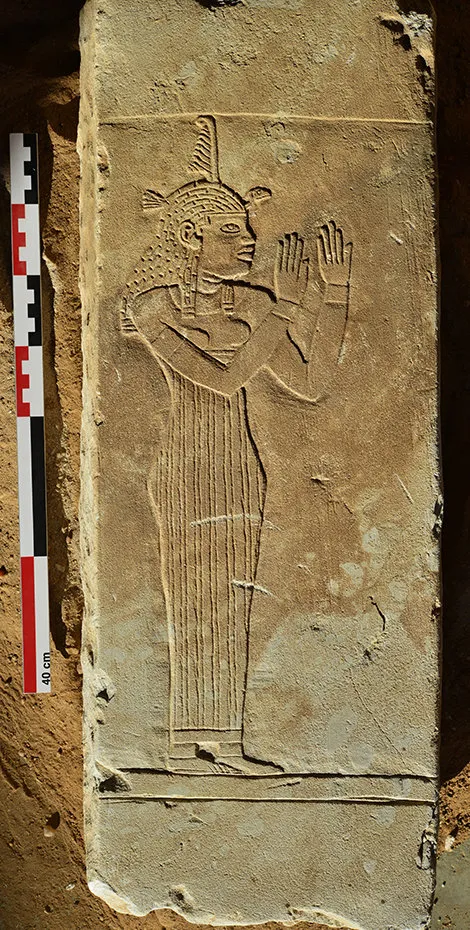Large Cache of Texts May Offer Insight Into One of Africa’s Oldest Written Languages
Archaeologists in Sudan have uncovered the largest assemblage of Meroitic inscriptions to date
/https://tf-cmsv2-smithsonianmag-media.s3.amazonaws.com/filer/a1/99/a199323c-3e07-4285-8100-8d4175be1403/stelle.jpg)
Archaeologists in Sudan have uncovered a large cache of rare stone inscriptions at the Sedeinga necropolis along the Nile River. The collection of funerary texts are inscribed in Meroitic, one of Africa's earliest written languages.
As Charles Q. Choi at LiveScience reports, the find is full of potential. As the largest assemblage of Meroitic inscriptions ever discovered, it may help scholars gain a better understanding of the language, which to date remains only partially deciphered.
The dig was led by an international team of researchers from the CNRS and Sorbonne Université as part of the French Section of Sudan's Directorate of Antiquities, which is co-funded by the CNRS and the Ministry for Europe and Foreign Affairs.
According to a press release, the archaeological site of Sedeinga—once part of the kingdoms of Napata and Meroe (which were jointly referred to as the "Kush kingdom" by their ancient Egyptian neighbors)– includes the remains of 80 small brick pyramids and more than 100 tombs created during a cultural period from about 700 B.C. to roughly 300 C.E.
The necropolis’ miniature pyramids were initially inspired by Egypt’s massive monuments, but during a later time, Meroitics refashioned the tombs and pyramids to include chapels and chambers where they could worship the dead.
Since 2009, archaeologists from CNRS and Sorbonne have focused their efforts on building a timeline to chronicle the evolution of the sepulchers.
In addition to the funerary texts, archaeologists also found pieces of decorated and inscribed sandstone, which the team characterizes as “magnificent examples of Meroitic funerary art” in the press release.
One of the more interesting new finds from the dig is a lintel, or structural beam from a chapel with a depiction of Maat, the Egyptian goddess of order, equity, and peace. This is the first time archaeologists have found a depiction of Maat with black African features.

Another find of note, a funerary stele, describes a high-ranking woman by the name of Lady Maliwarase and details her connections with royalty. Similarly, a lintel uncovered during the excavation explores the lineage of another woman of high rank, Adatalabe, who counts a royal prince among her blood line.
These kinds of inscriptions are sure to help historians continue to piece together the story of Meroe. For instance, as Francigny tells Choi, the aforementioned finds reveal that in Meroe kingdom matrilineality—the women’s lineage—was important enough to record.
“Every text tells a story — the name of the deceased and both parents, with their occupations sometime; their career in the administration of the kingdom, including place names; their relation to extended family with prestigious titles," Vincent Francigny, co-director of the excavation, tells Choi. “We can, for example, locate new places, or guess their possible locations, or learn about the structure of the religious and royal administration in the provinces of the kingdom.”
Look for more revelations to come. The Sedeinga dig is scheduled to continue until at least 2020.